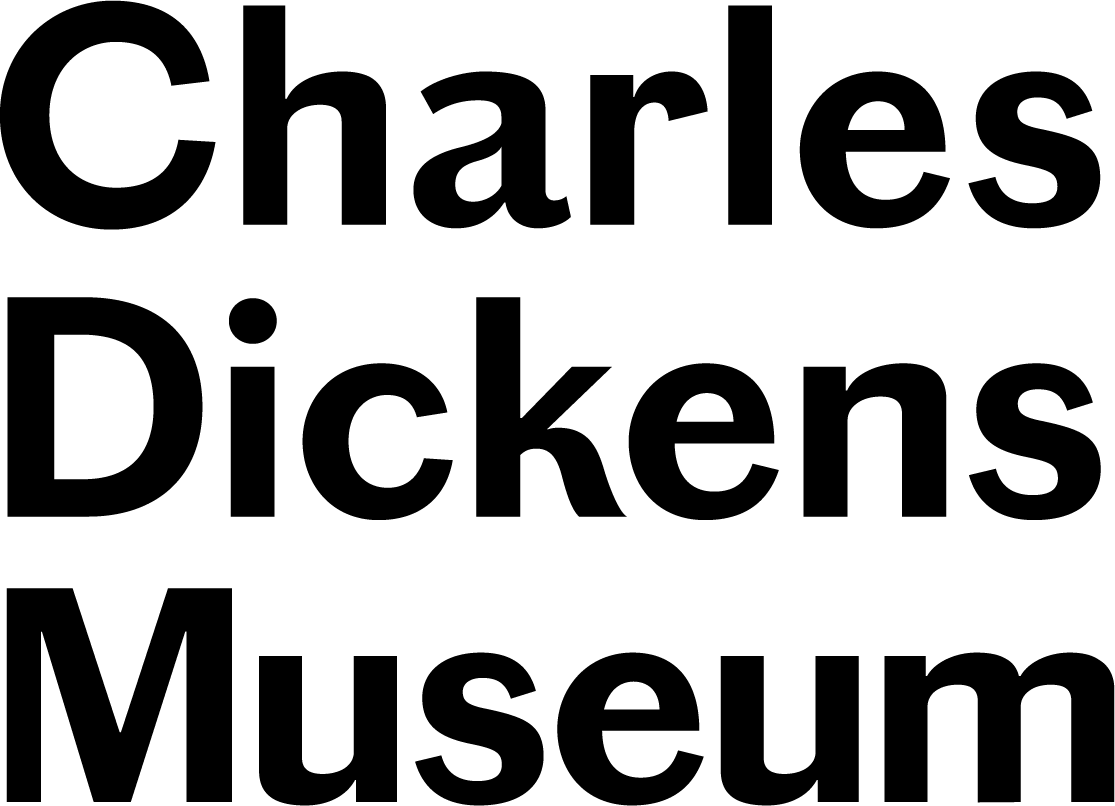Charles Dickens and Giuseppe Mazzini: a chance encounter – by Andrea Del Corno
On the 4th of March 1846 a certain Dominic Scuri or Scuroni was indicted for fraudulently obtaining money from Charles Dickens. Scuroni, an Italian impostor, had called at Dickens’s house under false pretences, declaring himself to be the Italian exile Giuseppe Mazzini (1805-1872) and defrauded the novelist of the sum of two pounds. It was in the context of this unfortunate beginning that Dickens met Mazzini and invited him to dine at his Devonshire Terrace home.
Persecuted by the Piedmontese authorities, Mazzini had fled Italy and found exile in England in 1837. In London, Mazzini tirelessly continued his political and conspiratorial activities aimed at the establishment of a united, independent, and republican Italy. Indubitably, Dickens had heard of Mazzini well before the two men unintentionally crossed paths. Another Italian exile, Antonio Gallenga (1810-1895), a follower of Mazzini, was for a short time Dickens’s teacher of Italian language. Years later, it was revealed that the same Gallenga, under his nom de guerre ‘Procida’, had been involved in an attempt to assassinate Charles Albert, the Piedmontese King. Mazzini had allegedly given ‘Procida’ the dagger with which the regicide was to be carried out.
In 1844, the British Government was accused of having spied upon the revolutionary Mazzini. His correspondence had been unlawfully intercepted and tampered with. An outraged Dickens and other Victorian grandees, notably Thomas Carlyle, lost no time in robustly voicing their protest in support of the Italian exile.
It was soon after the Scuroni incident that Dickens took up Mazzini’s invitation and visited the Free Italian School in Hatton Garden. Mazzini had set up the school in 1841 with the aim of educating and ameliorating the conditions of the many Italian migrants, often living in squalor in overcrowded and insalubrious cheap boarding-houses. Dickens, knowing only too well the hardship of poverty, lent his support and donated some money to the institution.

'Emigrants' from Pictures From Italy, 1846
The school was completely free to students and classes were held in the evening to encourage attendance. The teachers were unpaid volunteers. Among them were such prominent figures as Gabriele Rossetti, count Carlo Pepoli, and the improvisatore Filippo Pistrucci. The renowned American writer and journalist Margaret Fuller addressed the students on more than one occasion. Mazzini himself did his share of teaching but, at first, remained in the shadows to avoid any possible association between the Free Italian School and ‘Young Italy’, the revolutionary political organisation he was the leader of. The popularity of the school surpassed all expectations. Regular and irregular attendees soon exceeded the figure of two hundred, and even included a few female students.
However, the school had many opponents and detractors too. Sir Anthony Panizzi, eminent Italian exile and Keeper of Printed Books at the British Museum, expressed his disapproval and grave concern. Carlyle cautioned his wife not to get involved with what he called «a nest of young conspirators». Many saw in the school a ploy to indoctrinate children and teach them the four ‘Rs’, reading, ’riting, ’rithmetic, and revolution.
In July 1849, after the fall of the Roman Republic, Mazzini, one of the Triumvirs who had led the short-lived republican government, was once again forced to go underground. An apprehensive Dickens wrote «I am very anxious Mazzini should come home and not get in danger, for the world cannot well afford to lose such a man». Later that year, Dickens wrote An Appeal to the English People on Behalf of the Italian Refugees. An Italian translation was published in L’Italia del Popolo, one of Mazzini’s political journals.
The two men were also linked by their association to the London Library. Both Dickens and Mazzini were members of the institution. Dickens had the additional accolade of being a founding member, whilst Mazzini, a fine connoisseur of Italian history and literature, assisted Carlyle in putting together the core of the London Library’s Italian collections.
In his Pictures from Italy, with plenty of wit, Dickens lays forth a personal and vivid description of Italy and Italian society. In the prefatory introduction, he states that «Neither will there be found, in these pages, any grave examination into the government or misgovernment of any portion of the country», wishing to remain above any political judgment and giving his reportage the force of truth. Dickens’s support for Mazzini and his affection for Italy, however, tells us another, more subtle, story.

The front cover of Charles Dickens's travelogue, Pictures from Italy.
This article was written by Andrea Del Cornò – The London Library.
Museum Blog
This blog takes you behind the scenes at the Charles Dickens Museum, giving fresh insight on everything from discoveries new and old in our collection, to exhibitions, events and learning initiatives.
You’ll be hearing from a variety of Museum staff and volunteers, as well as guest curators, academics, artists and Dickens enthusiasts. Why not join the debate and let us know you thoughts on the latest blog by using our hashtag #CDMBlog


